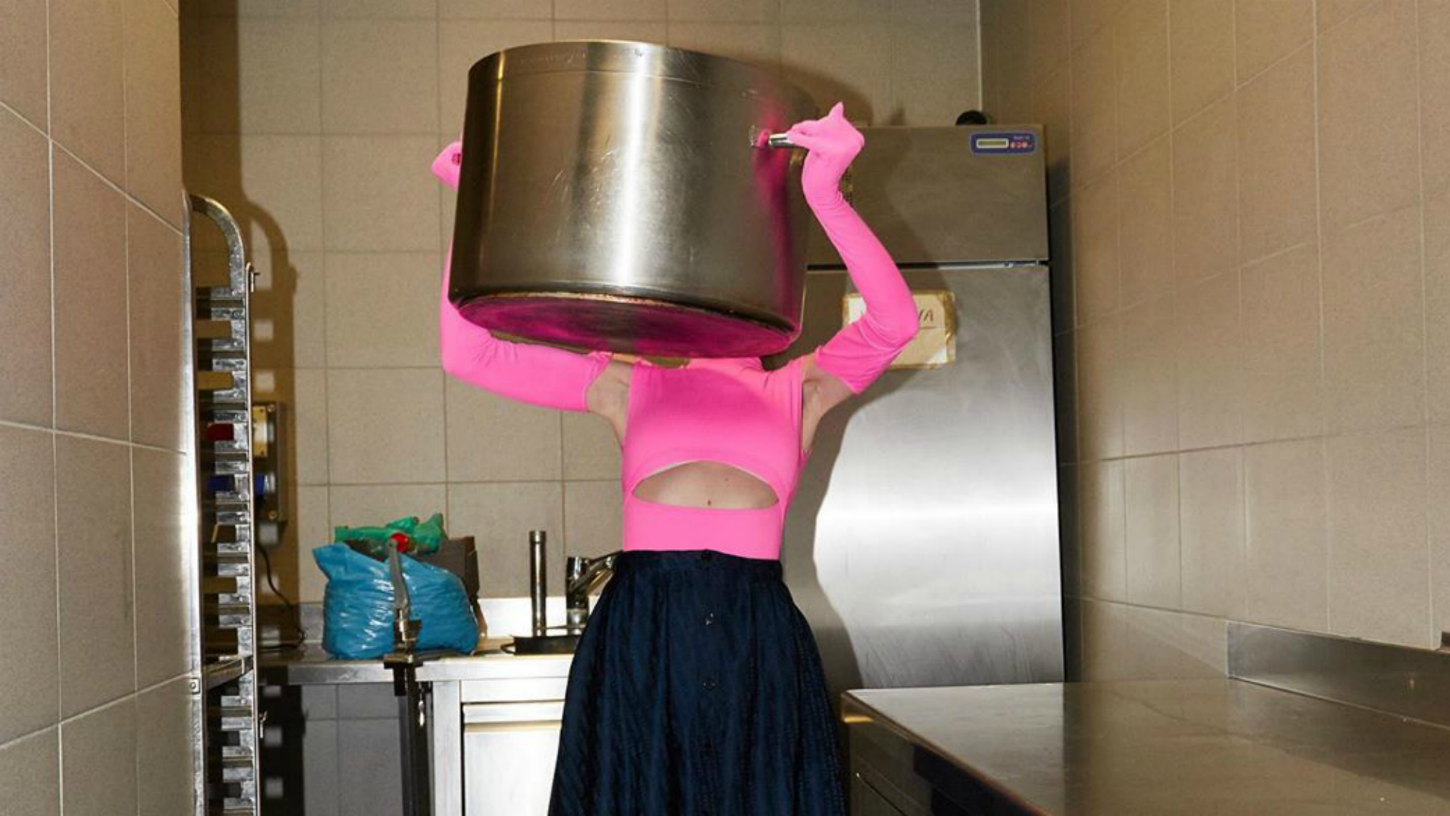It’s been a whirlwind couple of months for Vetements, the esteemed rebels of luxury fashion. First their creative director, Demna Gvasalia, stepped down from his post, saying he had “accomplished my mission of a conceptualist and design innovator” at the brand he founded with his brother, CEO Guram Gvasalia.
At the time, Guram signed of his own statement by saying the following: “This moment signifies a new era for Vetements, an era of growth and major expansion. New projects and surprise collaborations are to be revealed in the very near future.” Now we know what he was referring to.
After weeks of relative silence, Guram has appeared at Women’s Wear Daily’s Apparel and Retail CEO Summit in New York, unveiling his plans for the future of the brand. Once again, it seems Vetements are combatting the classic codes of the luxury fashion world: by turning the haus into a co-working space and talent incubator, while doing outreach work with fashion students in universities. Essentially, it seems like they’ll be teaching students about the things fashion students are seldom exposed to: the importance of understanding business.
“You need to have the designers, the developers — it’s a job that nobody really teaches about, but it is extremely important,” Guram said at the event. “There is hierarchy in my company that is more than a design job. It’s commercial people, financial people, the supply chain, warehousing, it’s the origins certificate, it’s the customs people — there is so much that comes together to create the brand. It’s the deliveries, the window displays — it’s making everything work in the company. What we do is put the right people with the right talent together in groups, and we give them the possibility to create something that is new and does not already exist — something that is young, modern and cool.” He stressed that the brand wouldn’t claim ownership over the creatives that partook in Vetements’ talent incubator programme, instead acting like a “big brother” that guides and protects them in the modern fashion landscape.
Furthermore, Guram stressed the importance of fashion design being a collective effort — a topic many have pondered following Demna’s departure. “Most of the time it’s probably not one person who is designing the brand,” Guram said. “No, at the big brands, they have 60 people under the designer.” That might clear up everyone’s thoughts on who might be succeeding Demna. The answer? Not one figure, but the entire team who helped make Vetements a viral and then longstanding success in the first place.
